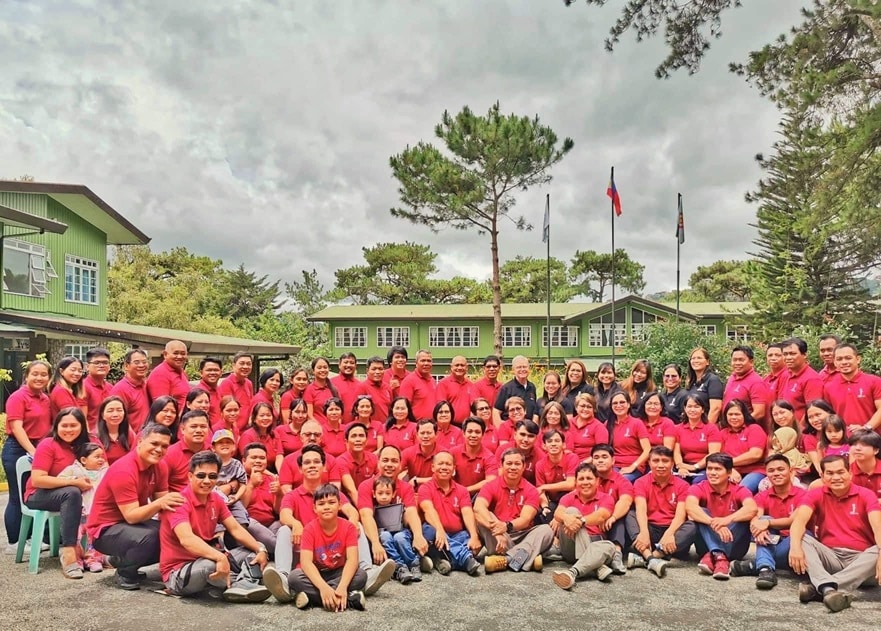Related Articles
Primary Health Care and Church Planting
In 1983, the Philippine Baptist Mission began a pilot project in primary health care to see if we could come up with a church-planting strategy.
Mapping Church Missions: A Compass for Ministry Strategy
Description: The terrain of church missions is often bewildering. Should we prioritize evangelism or works of service?
Embracing Diversity and Mutuality: A 40-Year Journey
By Abegail Lyn “Abby” A. Galzote | The mission field is changing as more foreign and national partners work together towards shared goals. The development of Every Community for Christ Philippines offers an example of what this looks like.
Welcoming the Stranger
Presenter: Matthew Soerens, US Director of Church Mobilization, World Relief Description: Refugee and immigration issues have dominated headlines globally recently. While many American Christians view these…
The Roles of Church and Mission in Crisis Management: Overlap? Competition? Cooperation?
Description: This webinar will look at the issues churches and missions face in responding to crises on the field. How do they cooperate and communicate…




